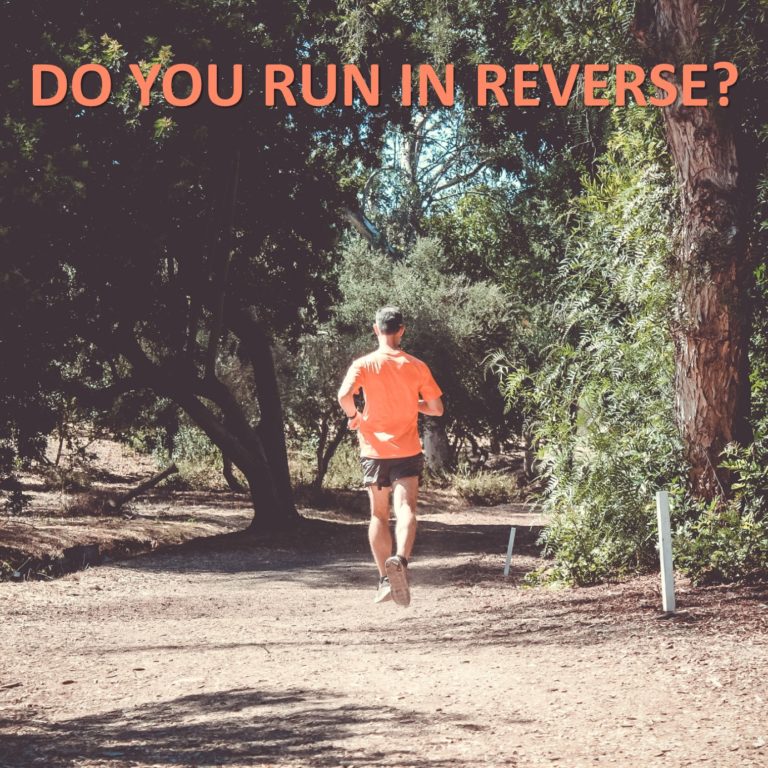Reverse linear periodization is a method of training that gradually and progressively increases the volume and decreases the intensity over time. It is the opposite of the traditional linear periodization.
Historically, linear periodization was designed to improve strength, speed, and power, with training progressing from general conditioning (volume) to specific skills (intensity), with the highest intensity coming at the end of the training program. That’s good for short, intense races, because the most specific training occurs as athletes approach the targeted race.
However, reverse linear periodization can be more effective in a few instances—when training for longer races, to create a speed reserve in runners who don’t have good speed and who don’t have a history of speed work, and to practice the skill of running, which is especially important for recreational and less-skilled runners.
When training for long races like half-marathon and marathon, try training speed first, and then train your endurance to sustain a high fraction of that speed, especially if you’re not already fast for shorter races.
For example, say you have run a 3:15 marathon (7:26/mile) and your goal is to run under 3 hours (6:52/mile). Your 1-mile PR is 6:20, which means you ran the marathon 1:06 per mile (or 17.4%) slower than your 1-mile time (which is very good). However, with a 1-mile PR of 6:20, you won’t be able to run 6:52 pace for 3 hours; that’s a difference in pace of only 32 seconds (or 8.4% slower) per mile. Even if your 1-mile PR is 6:00, you still won’t be able to run a marathon in under 3 hours. If you can get your 1-mile time down to 5:46, then 6:52 pace is the same pace difference (1:06 per mile; 19.1% slower) as when you ran 3:15.
For more info, pick up a copy of my latest book, Running Periodization: Training Theories to Run Faster.
